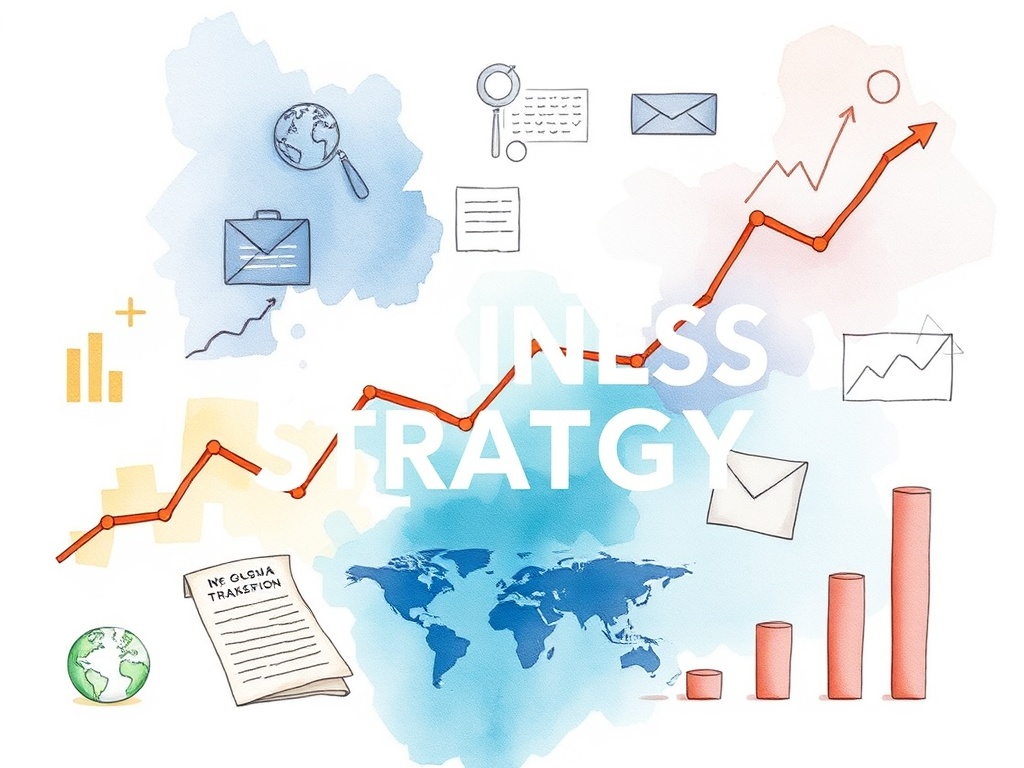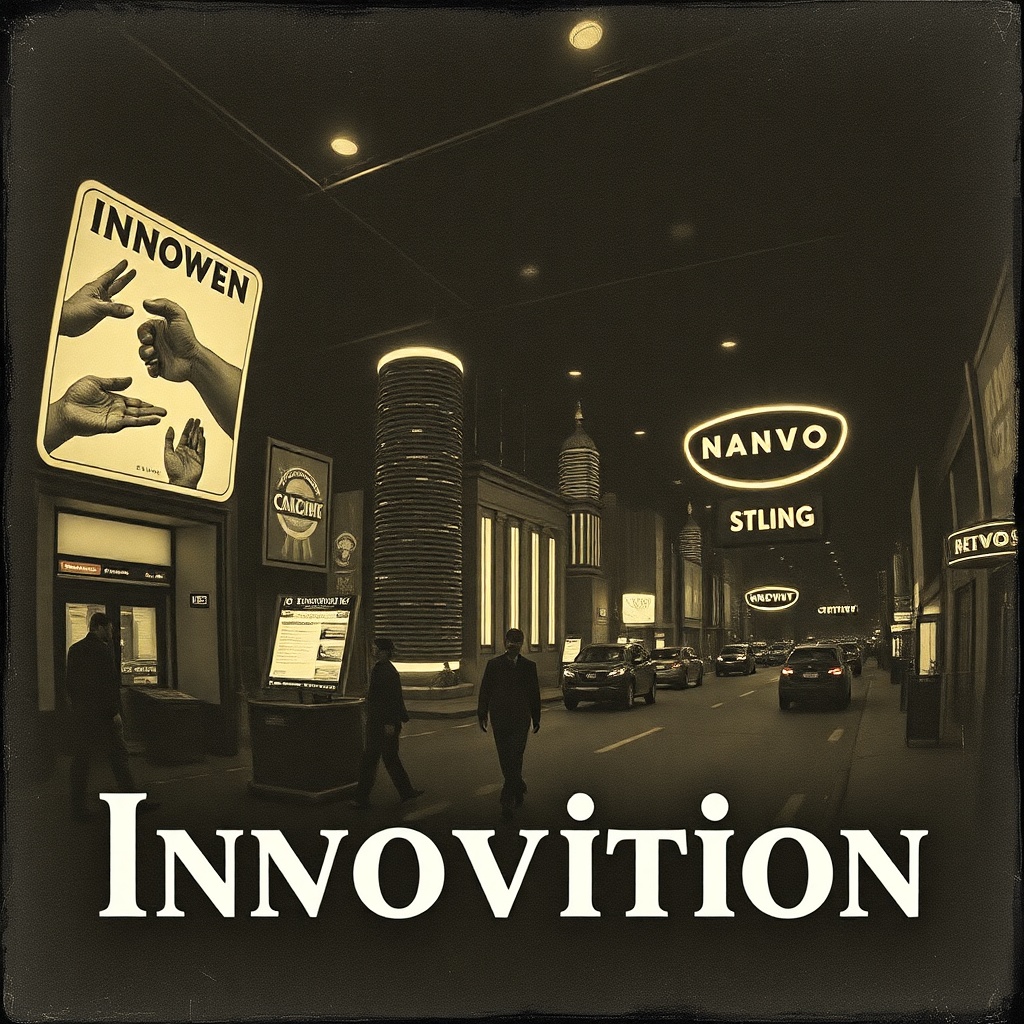Supply chain leaders are rethinking global networks as volatility, rising logistics costs, and customer expectations put pressure on speed and flexibility.
Nearshoring and regionalization — shifting production and sourcing closer to end markets — have become central strategies for building resilience while balancing cost, sustainability, and service levels.
Why regionalization matters
Moving critical suppliers and manufacturing nearer to demand hubs reduces lead times and buffers against long-haul disruptions. Shorter supply routes mean fewer touchpoints, lower transportation risk, and faster response to demand shifts.
Regional networks also make it easier to comply with local regulations and adjust to trade policy changes that can affect long-distance sourcing.
Benefits beyond time savings
– Improved responsiveness: Faster replenishment cycles enable lower safety stocks and quicker product iterations.
– Better visibility: Proximity simplifies supplier collaboration and real-time control over quality and inventories.
– Lower carbon footprint: Shorter transport routes reduce emissions, supporting sustainability goals.
– Risk diversification: Combining regional suppliers with existing global partners reduces single-source exposure.
– Talent and innovation access: Local suppliers can offer specialized capabilities and faster technology transfer.
Challenges to anticipate
Regionalization is not a simple one-to-one swap. Cost structures can be higher due to labor, materials, or facility investment. Companies must also manage the complexity of multi-regional networks and potential capacity constraints in new local markets.
Successful shifts require careful planning, not just relocation decisions.
Practical steps to implement regionalization
1.

Map the end-to-end network: Start with a comprehensive view of suppliers, lead times, costs, and risk exposure by region. Identify high-impact nodes where nearshoring delivers maximum benefit.
2.
Calculate total cost of ownership (TCO): Look beyond unit price.
Include transportation, duties, inventory carrying costs, and disruption risk when comparing global versus regional sourcing.
3. Pilot strategically: Run pilot programs for a subset of SKUs or a single region to validate assumptions on cost, quality, and lead time before wider rollout.
4. Strengthen supplier partnerships: Build collaborative contracts, share forecasts, and invest in supplier development to ensure capacity and capability where you move production.
5. Optimize inventory and logistics: Rebalance safety stock levels and redesign distribution networks to align with shorter replenishment cycles.
6. Measure the right KPIs: Track total landed cost, order-to-delivery time, fill rate, supplier lead-time variance, and carbon intensity to monitor the impact of regionalization.
7. Invest in digital visibility: Real-time tracking and integrated planning tools help coordinate multi-regional supply flows and reduce bullwhip effects.
Complementary strategies
Nearshoring works best alongside other resilience measures: multi-sourcing, modular product design, flexible manufacturing, and scenario-based risk planning. Combining these approaches creates a more adaptive supply chain capable of absorbing shocks without sacrificing service or cost efficiency.
Final considerations
Regionalization is a strategic choice, not a default fix. It requires cross-functional alignment across procurement, operations, logistics, and finance. When executed with careful analysis, pilot testing, and strong supplier collaboration, nearshoring can transform supply networks into faster, greener, and more reliable systems that better meet today’s market expectations.
Actionable checklist
– Map exposures by region and SKU
– Run TCO comparisons for critical items
– Launch a pilot for selected SKUs or sites
– Formalize supplier development plans
– Reconfigure inventory and distribution plans
– Monitor service, cost, and sustainability KPIs
Rethinking where and how products are sourced creates a competitive edge.
Companies that balance local responsiveness with global capability will be better prepared for whatever disruptions come next.








